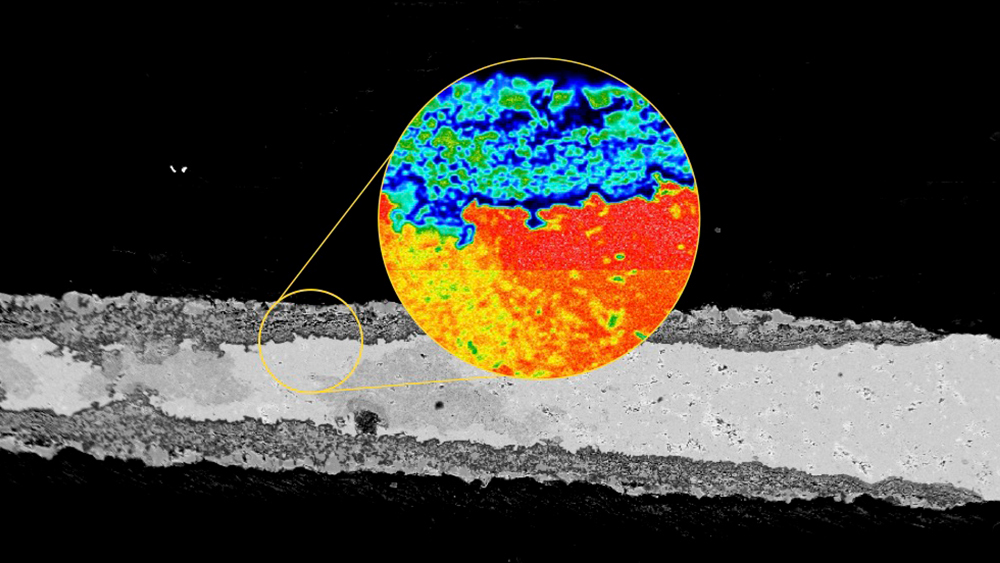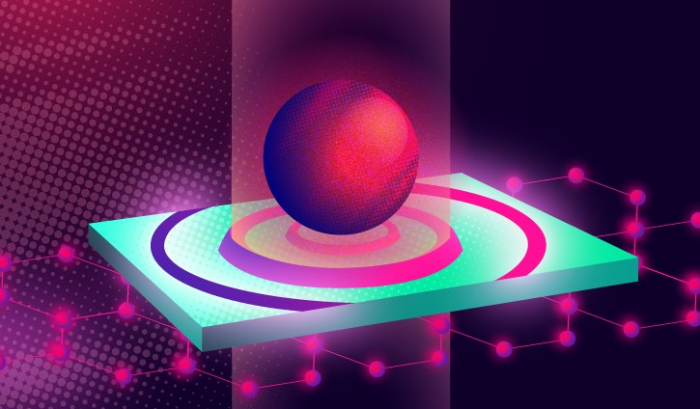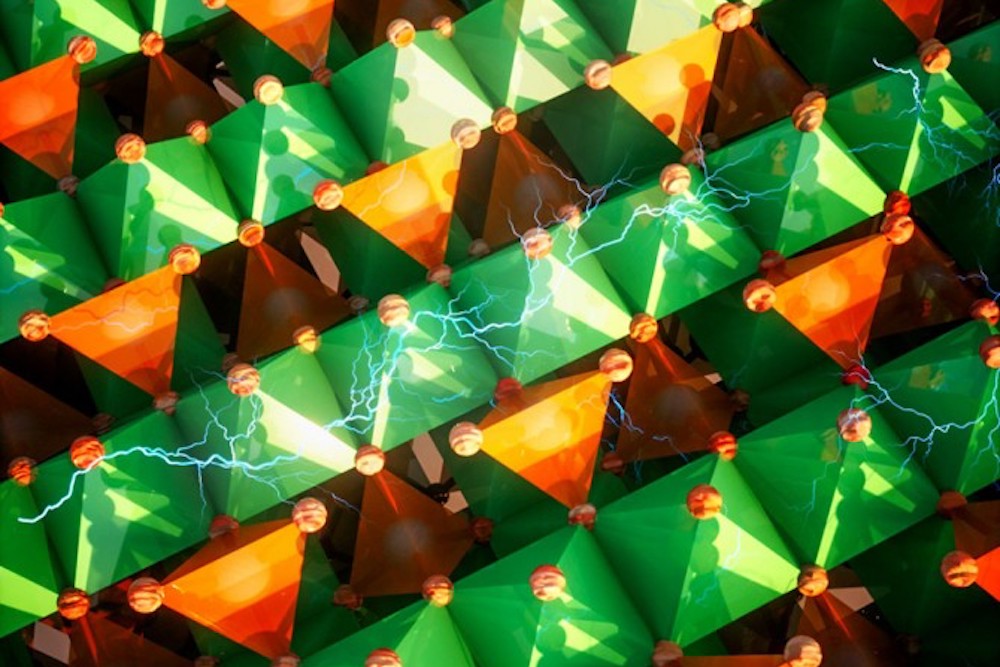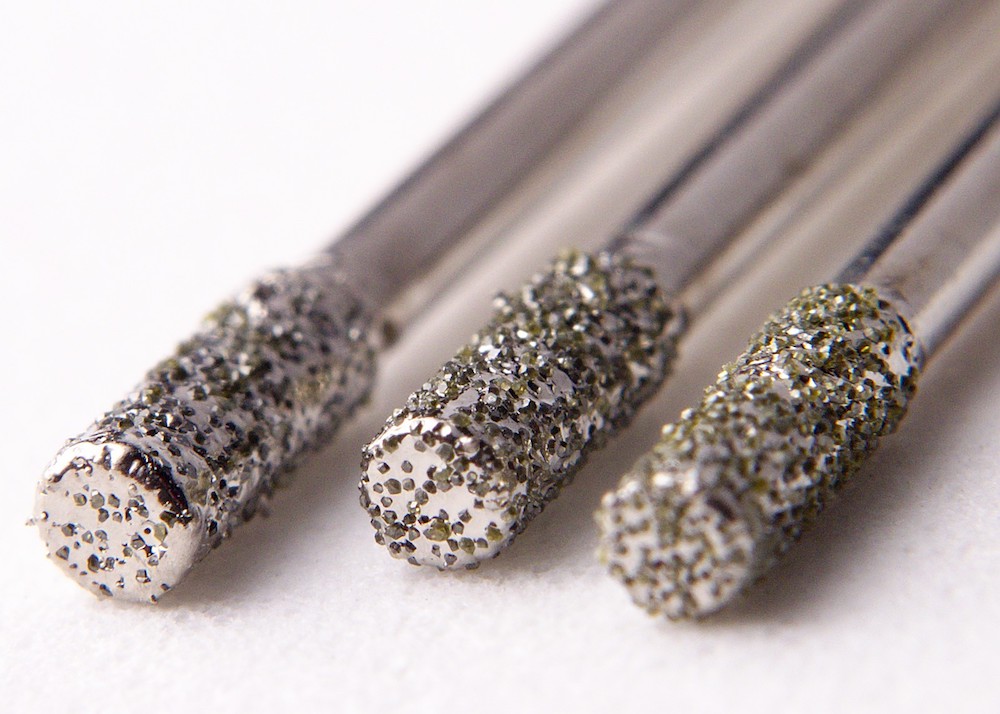Modeling the mechanical behavior of fiber-reinforced polymer composites is difficult because of their nonlinear response to external stimuli. Constitutive relations offer one way to account for the nonlinearity, and a team of researchers in Russia used this approach to model polymer composites designed as shut-off valves for pressure vessel service equipment.
Read MoreModeling is a good way to evaluate the performance of new piezoelectric materials without conducting costly experiments. Two researchers from University of the Republic in Uruguay explored using a neural network to speed up the modeling process.
Read MoreElastic strain engineering is an emerging technique for enhancing the performance of functional materials. An international collaboration involving Skoltech, MIT, and Nanyang Technological University developed an expanded machine learning framework to accelerate the exploration of how strain affects semiconductor properties.
Read MoreThermodynamic and kinetic data and modeling can speed up the material design process immensely. Learn about two such techniques in today’s CTT—phase equilibrium diagrams and the CALPHAD method.
Read MoreDetermining oxidation stability of new MAX phases is a difficult and expensive process with current computational and experimental methods. Researchers at Texas A&M University designed a new machine-learning-based scheme for predicting the oxidation of MAX phases at high temperatures, allowing them to conduct studies that may otherwise take years to perform.
Read MoreArtificial intelligence and machine learning approaches to materials design can accelerate the discovery of new glasses in an economical fashion. Researchers from the Indian Institute of Technology Delhi and the University of California, Los Angeles, identified 21 challenges that, when addressed, can aid in harnessing the full potential of these methods for glass science.
Read MoreSurface plasmon polaritons are a type of surface wave that, when harnessed, show potential to improve various processes that take place on the nanoscale, such as molecular imaging. Researchers from two places in Russia propose a new scheme using quantum dots and graphene to more efficiently convert light into surface plasmon polaritons for use in such applications.
Read MoreConventional CAD modeling of ceramic bone implants is limited in the structures that it can design. Researchers at Skolkovo Institute of Science and Technology in Russia explored using function representation modeling instead to expand the design possibilities.
Read MoreTo describe electronic charge transport in oxides, researchers rely on a small-polaron transport model that was developed six decades ago for binary oxides rather than higher-order systems. Researchers from Cornell University and Technion–Israel Institute of Technology have now updated the model with additional parameters to more accurately model complex oxide systems.
Read MoreConventionally, theoretical models are unable to predict a material’s hardness from its crystal structure because the underlying physical principles are complex. A new machine learning model developed by two researchers at Skolkovo Institute of Science and Technology succeeds in making such predictions in a fast and reliable manner.
Read More









